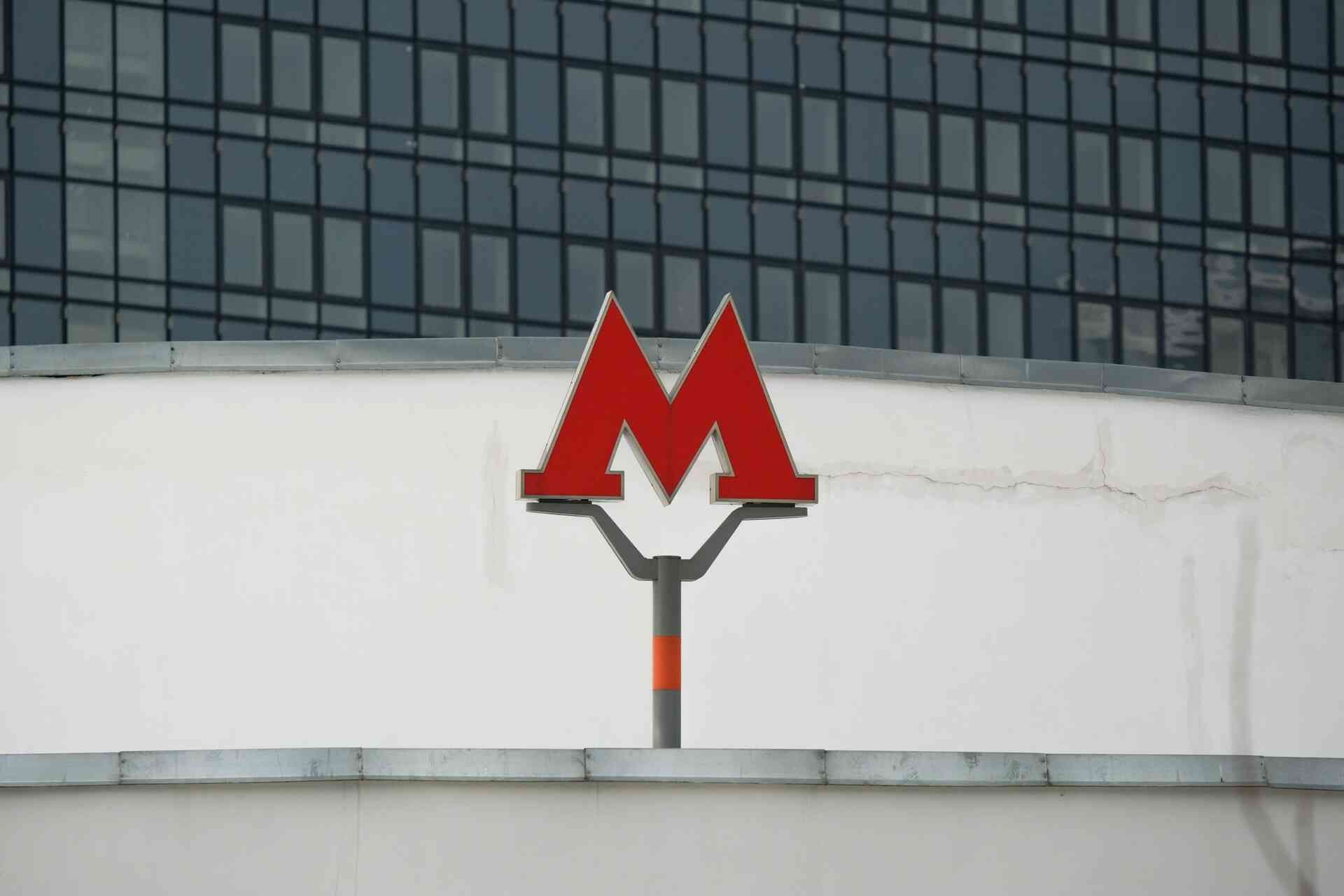Московский метрополитен (Moscow Metro) is the fastest and most simple way to go around Moscow and its suburb. In 1935, the first part of the Сокольническая линия (Sokolnicheskaya line) was opened to the public from станция “Сокольники” (Sokolnik station) to станция “Парк Культуры” (Park kultury station), with a branch going to станция “Смоленская” (Smolenskaya station). The line was 11 kilometres long and had 13 stations.
Nowadays, the подземная система (underground system) covers the Russian capital with its 414.7 km of route, 14 lines and 241 stations. An average of 9 million пассажиры (passengers) is using the metro every day. It is the second most heavily used underground system in the world after Tokyo.
The Moscow Metro, mainly build underground, is famous for the depth of its tunnel, the deepest section, 84 meters below ground, being situated at станция “Парк Победы” (Park Pobedy station). It is also very efficient with an average of 2.5 minutes between each train during the day, but the interval can drop to 90 seconds during “часы пик” (rush hours).
But the most striking about the Moscow Metro is certainly the stations themselves, richly, beautifully decorated with white, pink, black and red marble coming from different parts of the country, mosaics, chandeliers and sculptures. Because of this remarkable work of art from the социалистический реализм (socialism realism) period, these stations are called “Подземная Палата” (Underground Palaces). It is worth travelling on the Кольцевая линия (circle line) and has a look at each station.
The metro lines can be identified either by a number (from 1 to 14), colour or its name. Most of the interconnecting stations have a different name.
An announcement is made inside the metro at each station. A male voice is used on all the trains going towards the centre, while you can hear a female voice on the trains going away from it. On the circle line, the male voice is used in a clockwise direction and the female voice counter-clockwise direction. The announcements in the metro are provided in 2 languages (Russian and English).
When arriving at a station the voice gives the name of the station and the connection with other lines. For example:
Станция Лубянка. Переход на Таганско-Краснопресненскую линию (Lubyanka station. Change here for line seven).
When the train leaves the station the voice indicates the next station:
Следующая станция Охотный Ряд (Next station is Akhotny Ryad).

